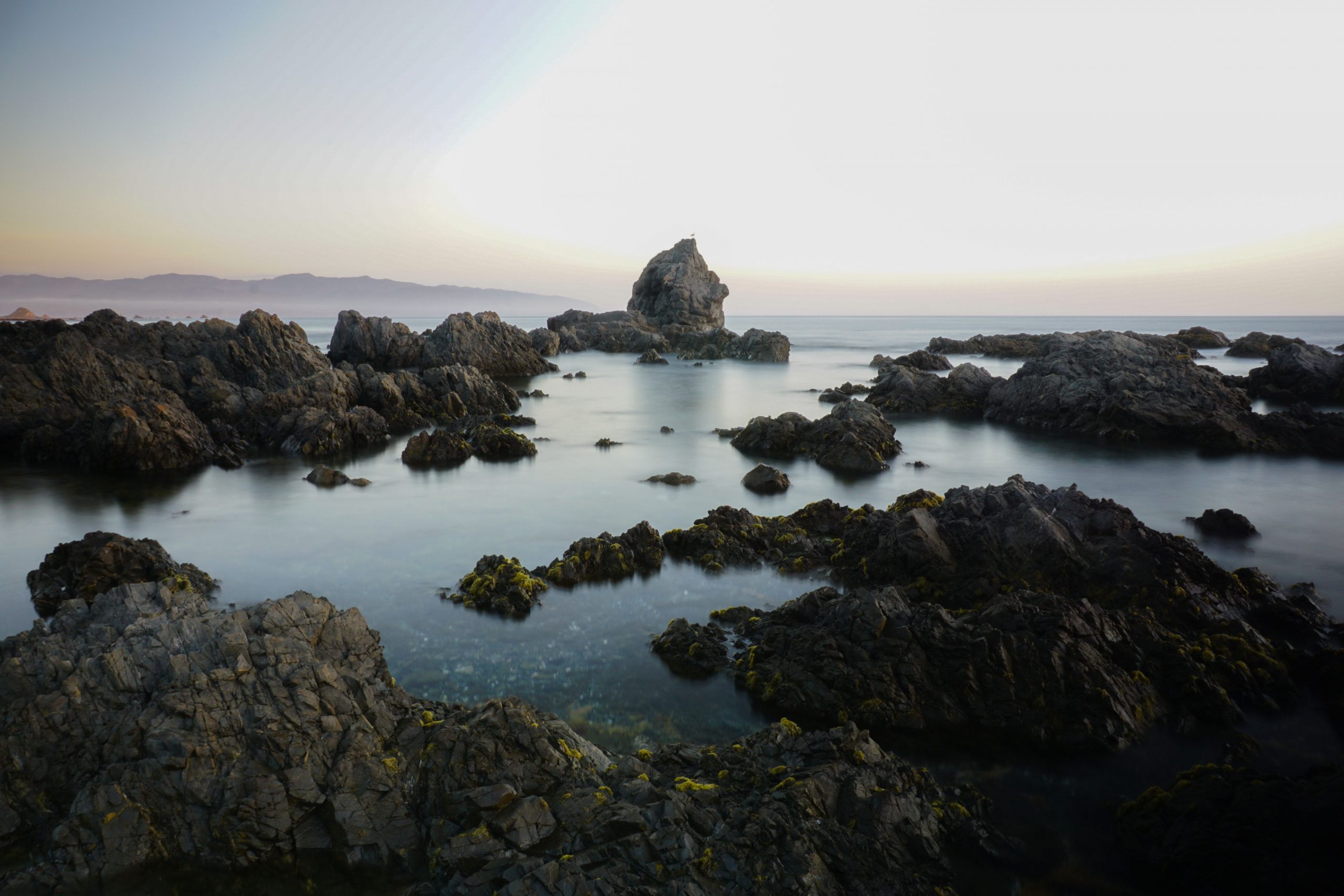我辽阔博大,我包罗万象。
——沃尔特·惠特曼《自我之歌》
全书以“最”为切入,从科学视角解读生存在海洋中的生物及其生存特性。Stephen R. Palumbi 与 Anthony R. Palumbi 是父子关系,并分别在生物学与文学方面颇有造诣。“小说作家和科学家的交互,比起别的形式的父子交互要有趣得多”,这使得本书在覆盖诸多自然知识的同时又不失文学性。
阅读中值得循着作者留下的参考文献深入研究,本文为你提供一种阅读方式的成果,以供你对本书有一定的了解。文章尾部罗列阅读笔记中记录的文献。
Kalmijn, A. J. 2000. “Detection and processing of electromagnetic and near field acoustic signals in elasmo- branch fishes.” Philosophical Transaction of the Royal Society of London B 355:1135-1141.
Shen S.-Z., J. L. Crowley, Y. Wang, S. A. Bowring, D. H. Erwin, et al. 2011. “Calibrating the end-Permian mass extinction.” Science 334:1367-1372. doi:10.1126/science.1213454.
Ducklow, H. W. 1983. “Production and fate of bacteria in the oceans.” Bioscience 33:494-501.
Butman, C. A., J. T. Carlton, and S. R. Palumbi. 1995. “Whaling effects on deepsea biodiversity.” Conservation Biology 9:462-464.
Haddock SH, Moline MA, Case JF. Bioluminescence in the sea. Ann Rev Mar Sci. 2010;2:443-93. doi: 10.1146/annurev-marine-120308-081028. PMID: 21141672.
George, John & Bada, Jeffrey & Zeh, Judith & Scott, Laura & Brown, Stephen & O’Hara, Todd & Suydam, Robert. (1999). “Age and growth estimates of bowhead whales ( Balaena mysticetus ) via aspartic acid racemization. “Canadian Journal of Zoology-revue Canadienne De Zoologie – CAN J ZOOL. 77. 571-580. 10.1139/cjz-77-4-571.
Au, D., and D. Weihs. 1980. “At high speeds dolphins save energy by leaping.” Nature 284:548-550.
Fish, F. E., L. E. Howle, and M. M. Murray. 2008. “Hydrodynamic flow control in marine mammals.” Integrative and Comparative Biology 48:788-800.
Pennycuick Colin James.1982 “Theflight of petrels and albatrosses
(procellariiformes), observed in SouthGeorgia and its vicinity.” Phil.Trans. R.Soc. Lond.B. 300: 75-106.
Weimerskirch H., Guionnet T., Martin J., Shaffer S. A. and Costa D.P. 2000. “Fast and fuel efficient? Optimaluse of wind by flying albatrosses.” Proc.R.Soc. Lond.B. 267:1869-1874.
Dover, C., Szuts, E., Chamberlain, S. et al. “A novel eye in ‘eyeless’ shrimp from hydrothermal vents of the Mid-Atlantic Ridge.” Nature 337, 458–460 (1989).
Wilkinson, Status of Coral Reefs, pp. 104-105.
Grigg, R. W. 1982. “Darwin Point: A threshold for atoll formation.” Coral Reefs 1:29-34.
Logsdon, J. M.; Doolittle, W. F. (1997). “Origin of antifreeze protein genes: A cool tale in molecular evolution.” Proceedings of the National Academy of Sciences, 94(8), 3485–3487.
Othmer, D. F.; Roels, O. A. (1973). “Power, Fresh Water, and Food from Cold, Deep Sea Water.” Science, 182(4108), 121–125.
War, Jan C. (2011). [IEEE OCEANS 2011 – Waikoloa, HI (2011.9.19-2011.9.22)] OCEANS’11 MTS/IEEE KONA – “Land based temperate species mariculture in warm tropical Hawaii.” , 1–8.
Stephen P. Casey; Heather J. Hall; Helen F. Stanley; Amanda C.J. Vincent (2004). “The origin and evolution of seahorses (genus Hippocampus): a phylogenetic study using the cytochrome b gene of mitochondrial DNA.”
Molecular Phylogenetics and Evolution. 30(2), 261–272.
Holland, H. D. 2006 The oxygenation of the atmosphere and oceans. Philosophical Transactions of the Royal Society B 361:903-915;
Glynn, P. W. 1997. “Bioerosion and coral-reef growth:A dynamic balance.” In C. Birkeland(ed.). Life and Death of Coral Reefs. New York:Springer, pp. 68-95.
Johnson, Martin W., F. Alton Everest, and Robert W. Young. “The role of snapping shrimp (Crangon and Synalpheus) in the production of underwater noise in the sea.” The Biological Bulletin 93.2 (1947): 122-138.
Reprinted from Progress in Oceanography 99, P. L. Richardson. “How do albatrosses fly around the world without flapping their wings?” 46-58, ©2011, with permission from Elsevier.
Mark Siddall; David A. Smeed; Christoph Hemleben; Eelco J. Rohling; Ina Schmelzer; William R. Peltier (2004). “Understanding the Red Sea response to sea level.” , Earth and Planetary Science Letters 225(3-4), 421-434.
Siddall, M., Rohling, E., Almogi-Labin, A. et al. “Sea-level fluctuations during the last glacial cycle.” Nature 423, 853–858 (2003).
S. J. Foster; A. C. J. Vincent (2004). “Life history and ecology of seahorses: implications for conservation and management.” Fish Biology. 65(1), 1–61.
Myers, R. A.; Baum, J. K.; Shepherd, T. D.; Powers, S. P.; Peterson, C. H. (2007). “Cascading Effects of the Loss of Apex Predatory Sharks from a Coastal Ocean.” Nature. 315(5820), 1846–1850.
书中引用的部分文献
封面图片:brown rock formation on body of water during daytime (dogedoge.com)

发表回复